
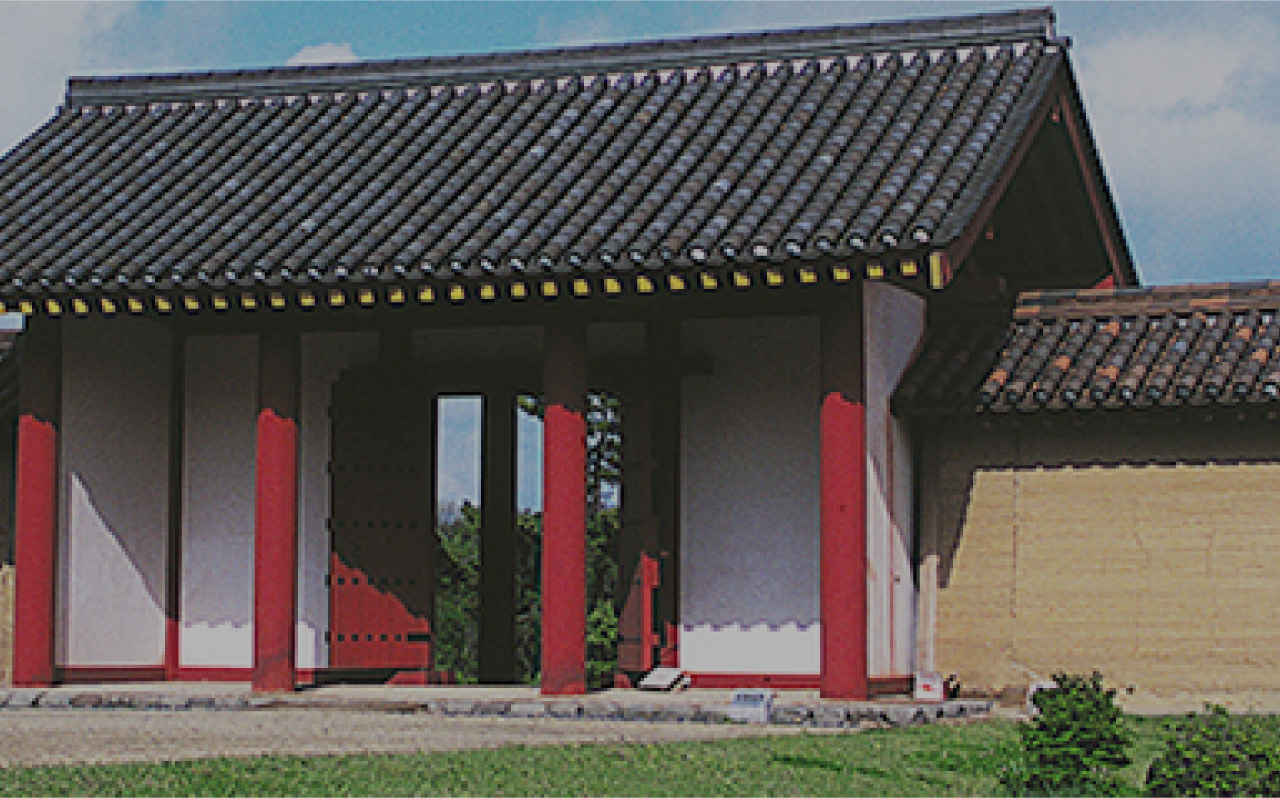
Akita is a city steeped in history, culture and modern charm.
Blessed with a beautiful natural environment surrounded by water and green, the history,
local cuisine and traditional arts and crafts of Akita live on today.
Explore the many popular attractions showcasing the nature, art and traditions of Akita from around Akita Station to the city itself.
- Area surrounding Akita Station
- City suburbs

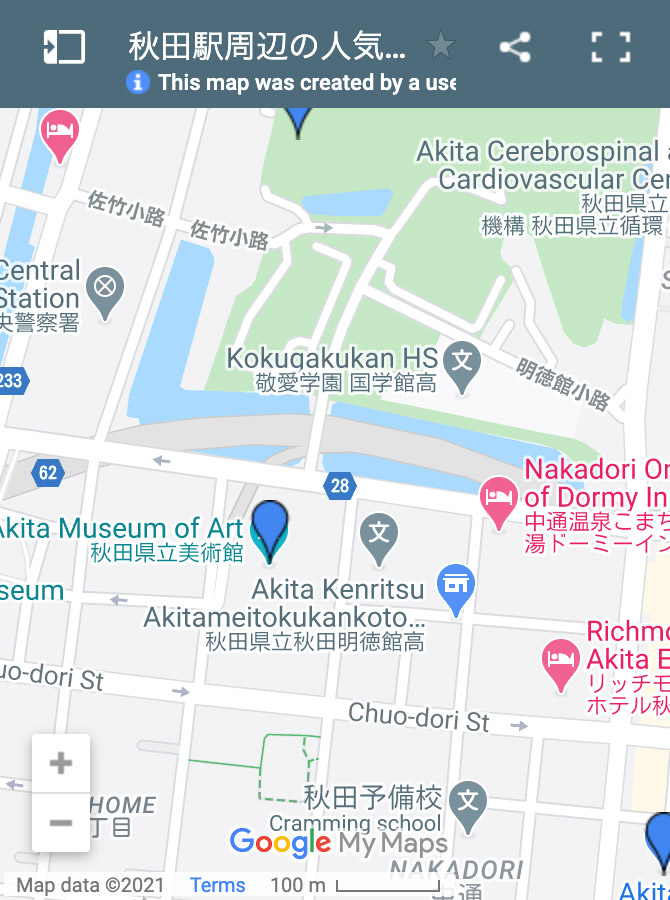

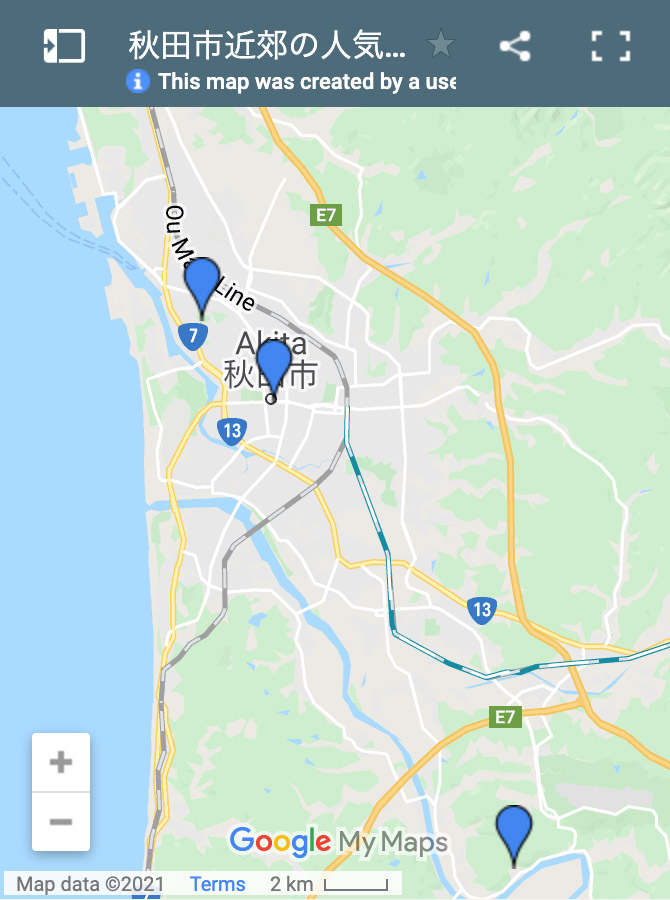
Area surrounding Akita Station
-
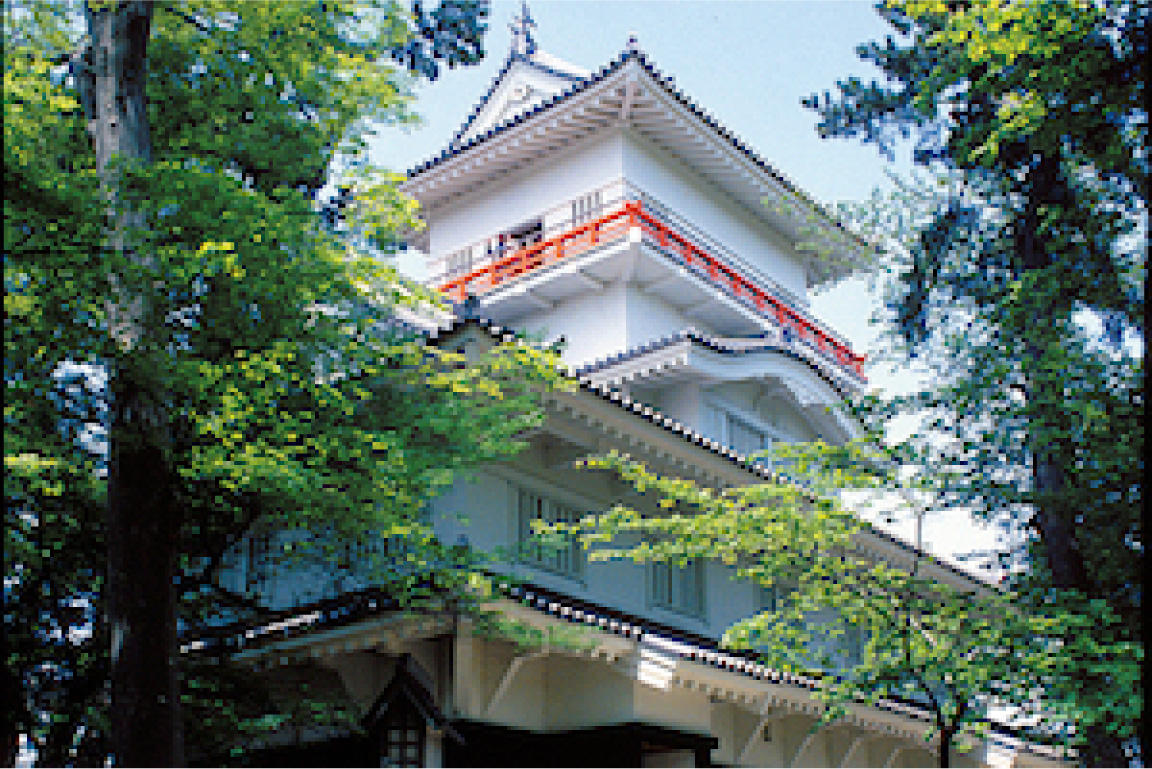
Senshu Park
Senshu Park is home to the Kubota Castle Ruins, once the residence of Lord Satake of the 200,000-koku Akita Domain. It is also a place of relaxation for the local residents, having been not only selected as one of Japan’s top 100 cherry blossom viewing locations, but also as one of Japan’s top 100 castles.
- Walk 10 minutes from hotel -
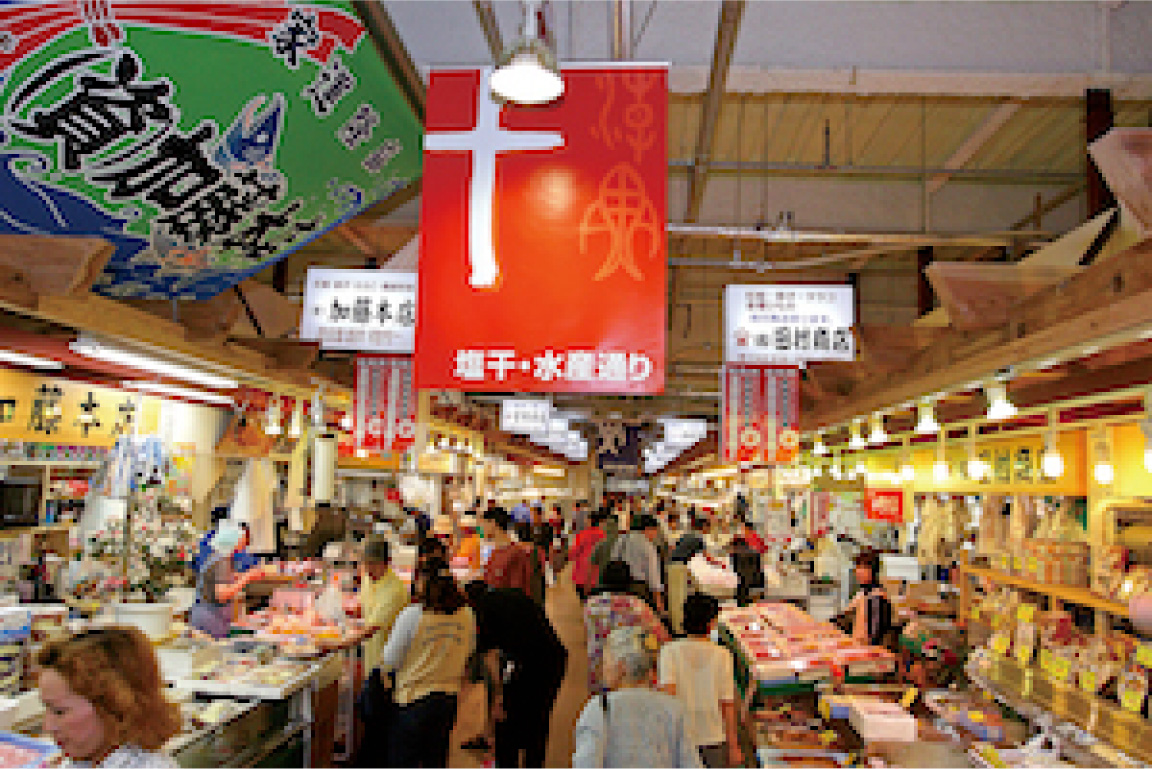
Akita City Public Market
Akita’s public market, also known as “Akita’s Kitchen” boasts approximately 80 stores offering everything from seasonal vegetables, fresh, salted and dried seafood, wild mountain vegetables and mushrooms, etc. It is a very popular spot for an early morning stroll with visitors to the area.
- Walk 7 minutes from hotel -
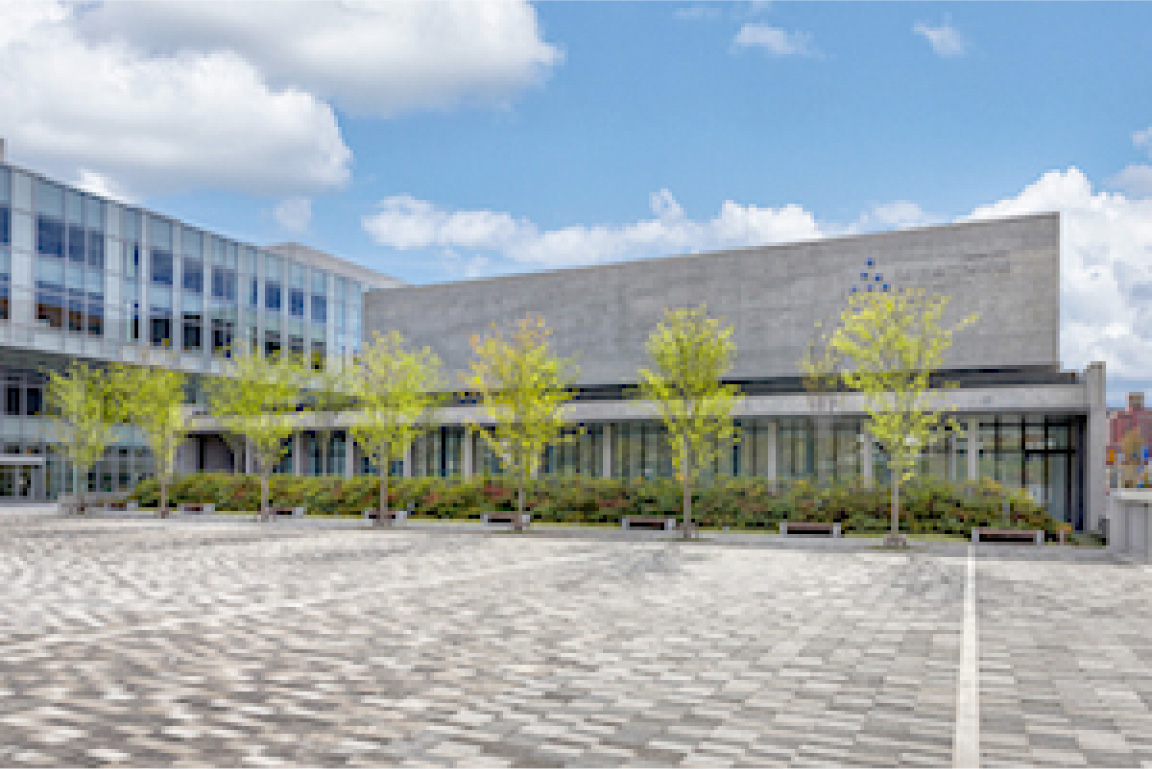
Akita Museum of Art
Located in the Nakadori area in the center of Akita City, the museum plays host to a large number of local events in addition to housing the works of Tsuguharu Foujita from the collection of the Masakichi Hirano Art Foundation.
- Walk 10 minutes from hotel -
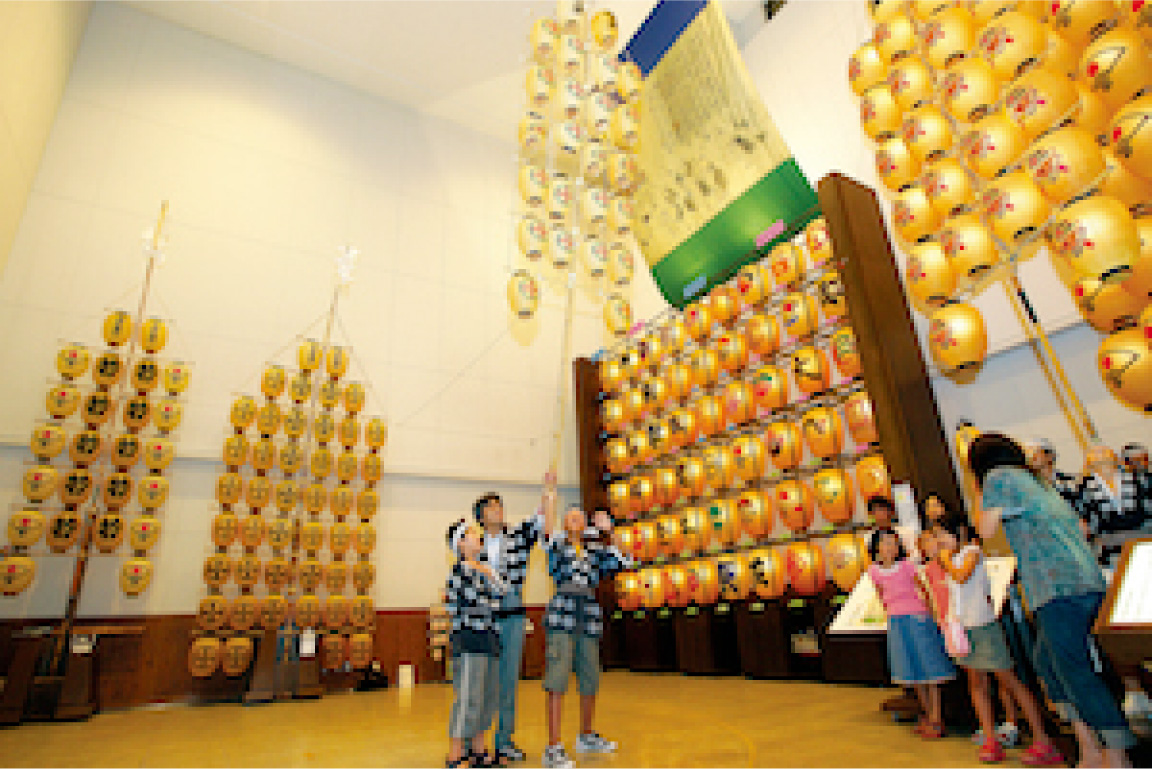
Akita City Folklore and Performing Arts Center -Neburi Nagashi Kan Hall-
This folklore museum houses a range of exhibits showing the local folk art and performing arts, including Akita’s famous “Kanto Festival”. There is also an area where visitors can try to lift and balance the large poles with hanging lanterns that feature in the festival.
- Walk 15 minutes from hotel -
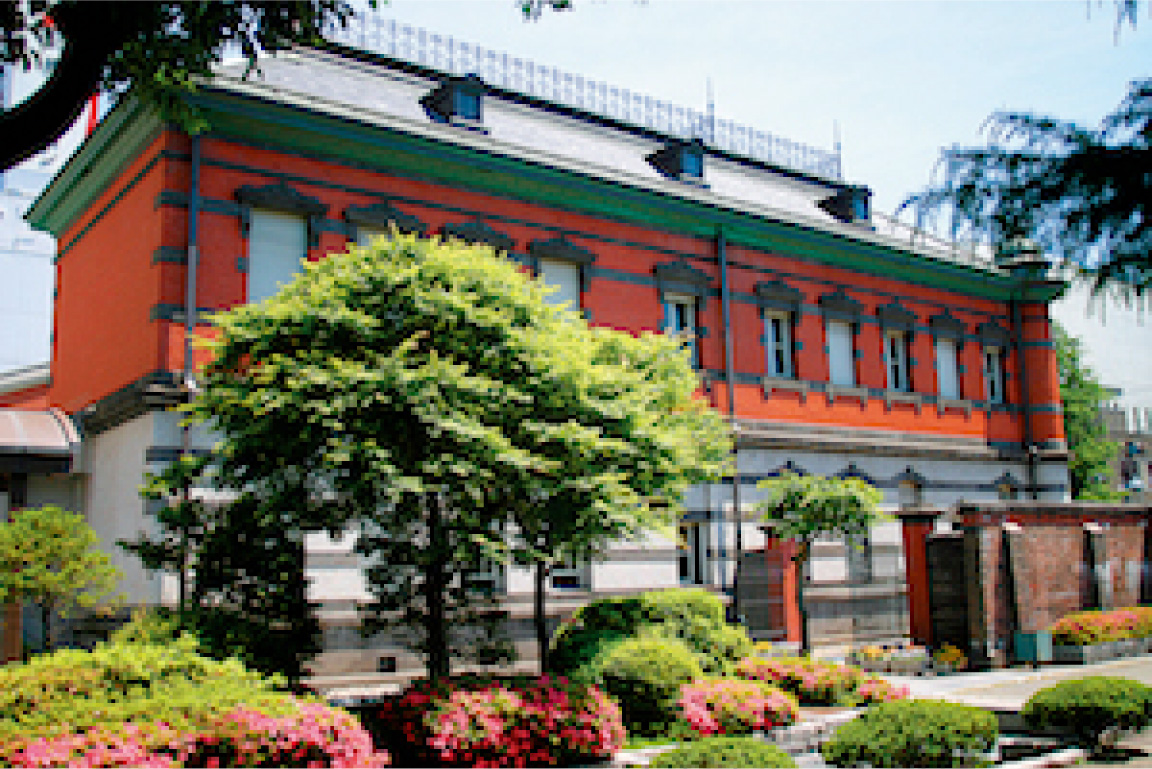
Akita Red Brick Folk Museum
The museum constructed in the style of Western architecture towards the end of the Meiji era was once the head office of the Akita Bank and is now designated an important cultural property of Japan The museum contains a variety of material about the building and exhibits showcasing the traditional arts and crafts of Akita City.
- Walk 20 minutes from hotel -

JR Akita Station Building, Topico
In addition to foodstuffs that showcase the local produce of Akita, Topico has an extensive range of souvenirs on sale, including famous sweets with subtle flavors, and other delicacies, local sake that symbolizes Akita as a major rice producing area and local art and craft.
City suburbs
-

Akita Prefectural Museum
The Akita Prefectural Museum is comprised of six exhibition halls introducing the archaeological artifacts, history, folklore, arts, people and geology of the area in addition to housing the “Sugae Masumi Exhibition Center” and “Memorial Hall of Akita’s Pioneers”. Also situated in the immediate area of the museum is Koizumigata Park featuring two lagoons, a male and female lagoon, a Japanese garden, “Suishinen” and field athletics facilities.
-

Akita Castle Ruins
Now designated a national historic site, these are the ruins of what served as a large bureaucratic center in the Tohoku region along the Sea of Japan from the Nara era to the Heian era.
-

Akita International Dahlia Gardens
Take a stroll around the gardens and appreciate the 1,250 varieties (60,000 plants, 7 species) of dahlia collected from 14 countries around the world. Enjoy the view of colorful dahlia of all sizes.
[Park open: Early August - Early November] -

Akita Tourism Federation
Enjoy the natural charm, traditional culture and local cuisine of Akita.
-

Oga Peninsula
Oga Peninsula is famous for the traditional festival of Namahage. Surrounded by the sea on three sides, this area is also well known for its fresh, local food. It is also a charming sightseeing location offering beautiful views of the coastline, featuring rugged mountains and the sea and the cape.
-
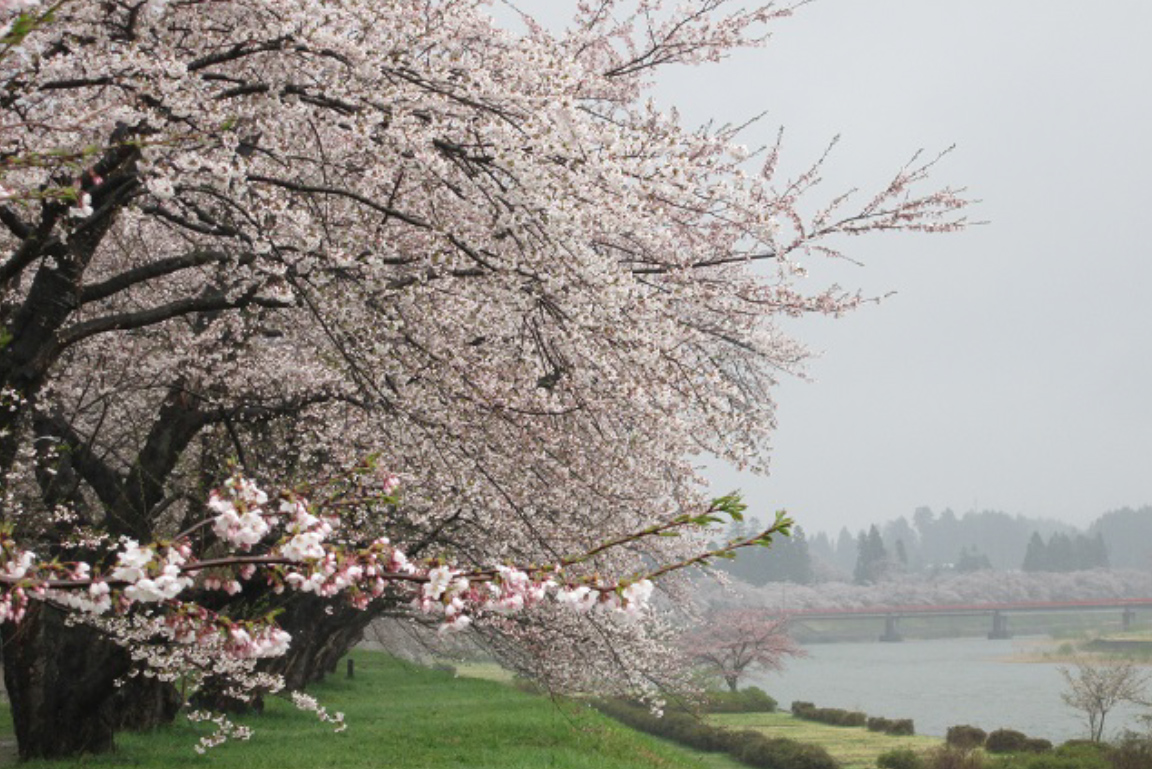
Little Kyoto “Kakunodate”
The streets of Kakunodate are designed like Kyoto, running long from north to south and short from east to west and the area is known to have some of the most well preserved samurai residences and vestiges of the old castle town. Gates and fences of samurai residences are not uncommon in Japan, however there are very few castle towns where the residences are still standing. The town is divided into two distinct areas, the Uchimachi Samurai District to the north and the Merchant District to the south separated by the Hiyoke (fire shield/square)
